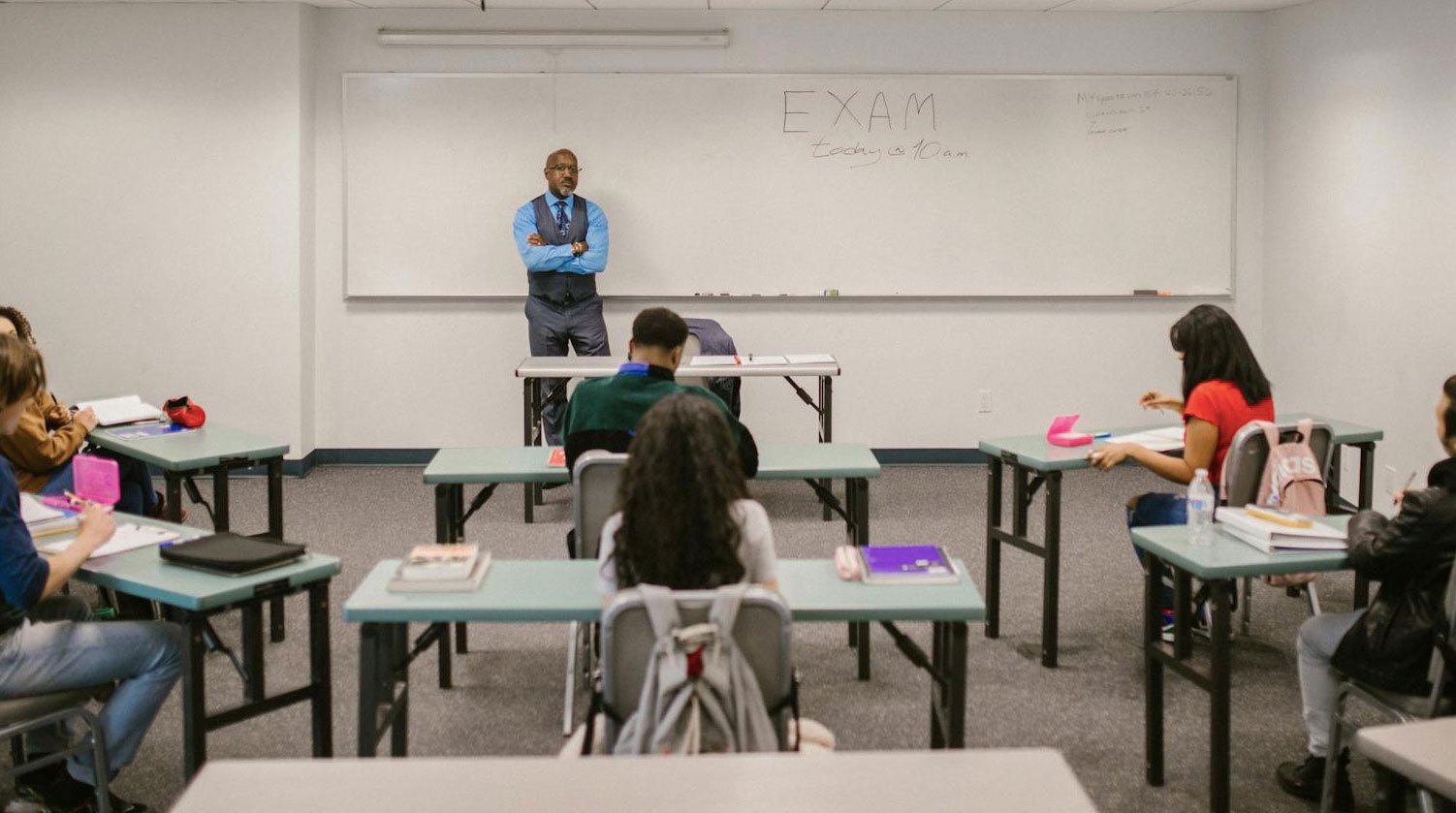 How to take advantage of artificial intelligence tools to teach foreign languages?">
How to take advantage of artificial intelligence tools to teach foreign languages?">
Foreign language teaching has undergone a revolution thanks to advances in artificial intelligence (AI). AI tools such as Google Translate and ChatGPT offer valuable resources for teachers to enrich their lessons and enhance students' learning experience. This article explores different ways of integrating these AI technologies into language teaching.
Should artificial intelligence be feared in language learning?
Since its arrival in our daily lives, artificial intelligence has been the subject of debate. Is it useful, or will it destroy jobs and make us lazy? The same fears apply to artificial intelligence in language learning: how can we be sure that learners are actually learning something, and not just using a robot to translate a text?
Just as Wikipedia made it easy for students to copy and paste their presentations, is Google Translate likely to become the norm for second-language assignments?
At Global Lingua, we sincerely believe that artificial intelligence can be a good complement to teacher-led online courses. AI shouldn't replace foreign language teachers, it should help them save time in creating their courses!
Here are a few examples of artificial intelligence tools that learners and teachers can take advantage of in language learning.
How to include artificial intelligence in foreign language teaching?
Use Google Translate for instant translation
This popular AI tool has two important advantages. Firstly, Google Translate can instantly translate words, phrases or entire texts. This can be particularly useful for beginner students who are still looking for their words. What's more, it's a tool that's easily accessible via a mobile app or web browser, making it easy to use in the classroom or at home.
How can it be used in the classroom?
- Translation exercises: Teachers can ask students to translate sentences or paragraphs, then compare their translations with those provided by Google Translate. This allows them to analyze the differences, the expressions used and discuss common mistakes.
- Reading comprehension: Students can use Google Translate to help them understand texts at a more complex level than their current one. It's a good way to make progress, if you're careful to check translations with your teacher.

Use ChatGPT for interactive conversations
When one talks about artificial intelligence, most people think about ChatGPT. It's handy for simulating natural conversations in the language you're studying. In particular, it allows students to practice the language outside class hours. Another advantage of ChatGPT is its adaptability: conversations can be customized to meet the specific needs of students, whether beginners or advanced.
How can it be used in the classroom?
- Role-playing: Teachers can use ChatGPT to create conversation scenarios for students to follow, including real-life situations such as ordering in a restaurant or asking for directions.
- Instant feedback: ChatGPT can provide real-time corrections and suggestions, helping students to improve their grammar and vocabulary.
Use Sapere to create customized courses content
Sapere, an artificial intelligence tool currently under development and created to meet the needs of foreign language teachers and their students, enables (among other things) the generation of materials. Taking into account the student's needs, level and professional field, Sapere creates personalized exercises, quizzes and activities.
How to use it in class?
- Customized exercises : Teachers can use Sapere's tools to generate exercises adapted to each student's level, facilitating individualized learning.
- Lesson plans: Sapere can create detailed lesson plans tailored to the student's level, helping teachers to adapt their lessons accordingly.
Recording and transcribing audio with AI
To improve your language skills, it's important to vary your learning resources. This means speaking AND listening to audio files as well. AI can come in handy, especially for transcribing audio recordings, enabling students to read what they've heard and better understand the nuances of the language.
How can it be used in the classroom?
- Dictation and transcription: Teachers can record dictations and use AI tools to provide transcriptions that students can check and correct.
- Pronunciation analysis: Students can record their own voices and use AI tools to obtain transcriptions, then compare these with correct models to improve their pronunciation.
The integration of artificial intelligence into foreign language teaching offers many opportunities to enrich the learning experience. Using tools such as Google Translate, Sapere and ChatGPT, teachers can make their online classes more interactive, personalized and effective. AI does not replace the teacher, but it is a valuable complement that can transform language learning into a more engaging and productive experience.





